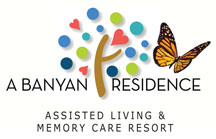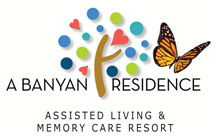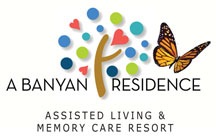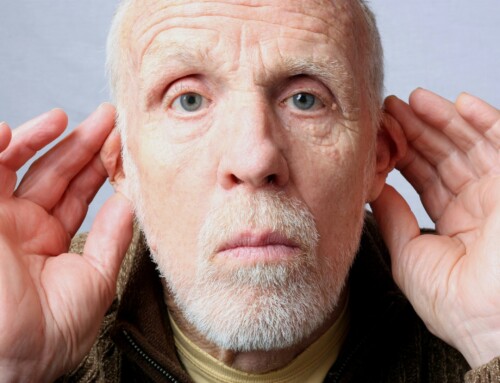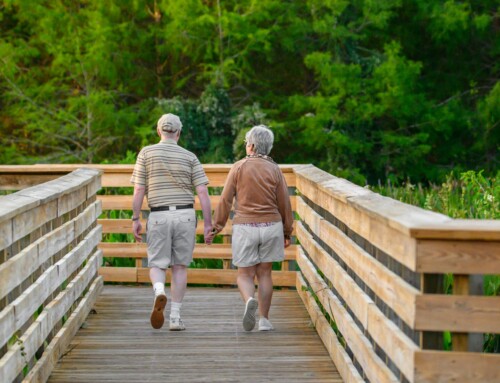Most people don’t think about balance until it’s too late. Every day, your body is constantly working to keep you upright as you walk, work, and do whatever you need to do throughout the day. Only when stability fails and someone gets injured do most people realize there is a problem.
A recent study looked at seniors and found that a lack of strong balance skills was a good measure of neuromuscular aging, even more so than other health factors like strength. If you or a loved one are struggling with concerns in this area, it might be time to proactively take measures to stay safe.
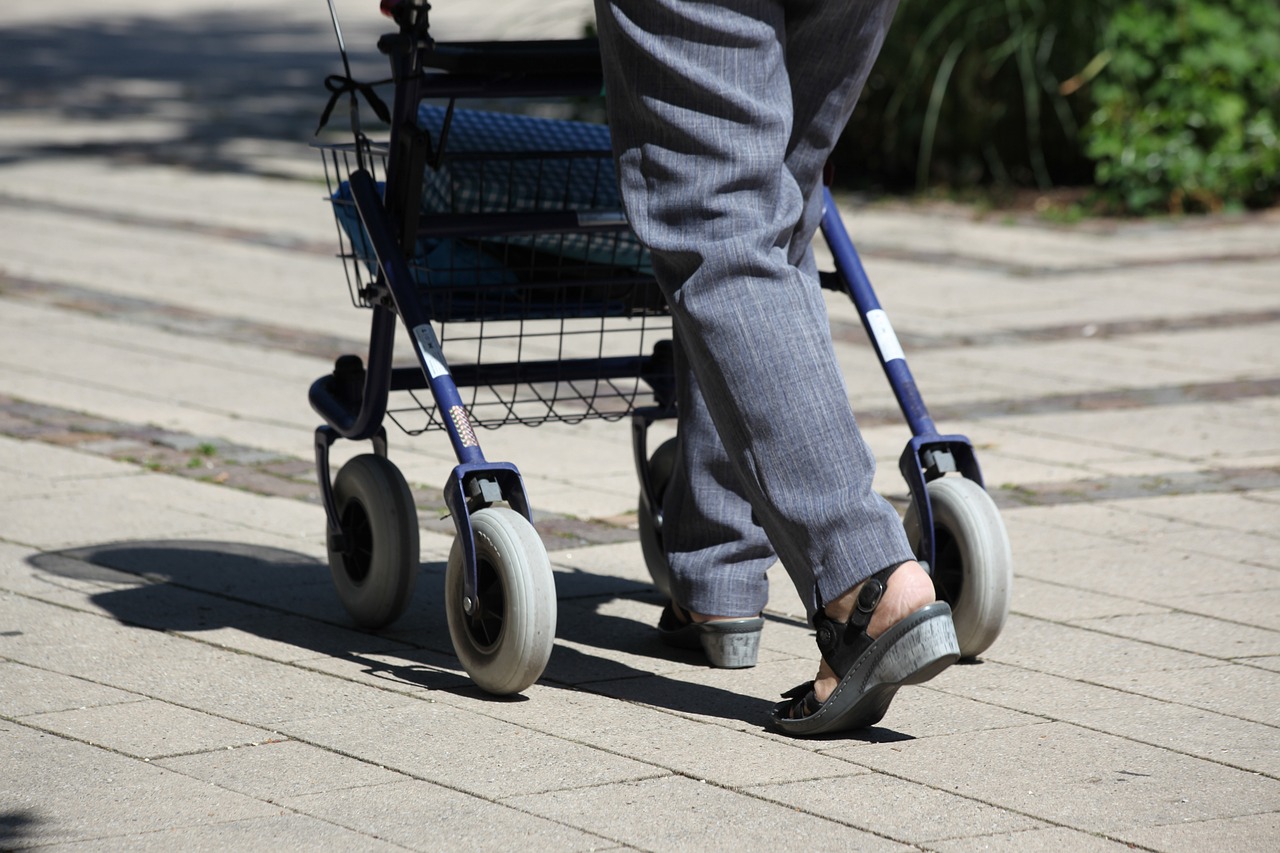
Why Seniors Often Struggle with Balance
Aging introduces positives and negatives. Unfortunately, at an advanced age, most people develop one or more conditions that contribute to poor balance. Or, they simply become naturally weaker, which in turn leads to balance concerns. Some of the most important factors contributing to the senior population’s struggle include:
- Natural age-related muscle loss that makes it harder to maintain stability.
- Deterioration of the inner ear, responsible for balance and coordination.
- Reduction in the body’s ability to sense its position in space.
- Conditions like arthritis and osteoporosis can cause stiffness, pain, and weaker bones.
- Certain prescriptions that cause dizziness or drowsiness.
But don’t seniors generally have greater health concerns in all areas of the body? Recently, a new study looked closer at various health markers and discovered that not only is balance fairly unique, but it is also a good indicator of overall health and preparedness.
Recent Study Looking at Balance & Aging
A Mayo Clinic study recently looked at different physical markers of aging, including grip strength, knee strength, gait, and balance. While it’s normal for seniors to show declines in strength as they age, some areas show steeper declines than others. Among all areas of study, balance—specifically the ability to stand on one leg—showed the steepest decline with age. The study concludes that examining how long someone can balance on one leg is an effective gender-neutral measure of neuromuscular aging.
For participants in the study over the age of 65, the average time they could remain steady on one leg was 11 seconds. However, some participants in the study could not balance for more than five seconds, and that group was at a significantly higher risk of falling. Researchers concluded that balance loss could serve as an early warning sign for mobility issues and potential health risks.
Some factors, like gait, did not change significantly with age, while areas like muscle strength gradually declined as participants grew older. However, balance was not the same, deteriorating rapidly. If balance declines, early exercise and stability training intervention may help prevent falls and associated injuries. And with the hundreds of thousands of annual hospitalizations due to falls, seniors might not have a better “bang for their buck” exercise to improve their health outcomes.
Keeping Seniors on Their Feet
While balance declines naturally with age, there are several ways seniors can actively work to maintain and even improve it. Simple daily practices, structured exercise routines, and environmental modifications can all contribute to better stability and fall prevention.
- Practice standing on one leg for short periods or heel-to-toe walking.
- Try out low-weight resistance exercises to strengthen the legs and core.
- Improve coordination, flexibility, and balance through yoga and similar activities.
- Try out swimming, which strengthens multiple muscle groups and helps seniors become more flexible.
It isn’t easy for most seniors to dedicate time each and every day to improve their balance if they also struggle with daily chores and activities. In fact, having poor balance can actually make simple things like cleaning and bathing dangerous for seniors living at home. If you or a loved one are looking for an assisted living facility that prioritizes health, wellness, and safety, consider A Banyan Residence. Contact us today to schedule a tour and learn how our facility can help you or your loved one achieve 2025 health goals and stay safe in retirement.
